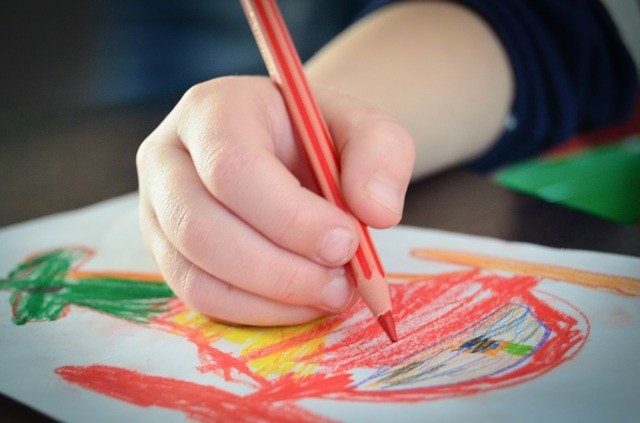To the editor;
If you have children you are probably interested in literacy and how it is best taught at home and school. Did you know that spontaneous drawing is a second ‘language’ that children find easy to use because it doesn’t require a code? Moreover, research tells us that it significantly aids literacy.
It begins with an exploratory scribble in the second year and quickly develops into symbolic representations, e.g. a circle with ‘happy face’ for humans. It evolves further into a complex vehicle for sustained storytelling, with a symbol for everything that matters to the story.
Literacy comes into it:
• When themes are discussed by the child artists and caregiver
• We assume that as the child draws, a silent monologue accompanies the flow of the drawing
• Key words are added adjacent to the image or as a caption for full-blown text
• Verbal fluency is further enhanced by post-drawing conversations with the caregiver. Children love to explain their drawings which are often more complex than would be possible with decoded words.
Please note: giving children “how to draw” techniques is counter productive. The child must be encouraged to ‘invent’ his or her own language of pictorial symbols. By the way, you do not have to be someone who draws nor do you have to be a teacher.
The role for parents and teachers is to inspire and motivate and schedule regular opportunities. Children on their own have no idea of the range of themes and topics they are capable of illustrating. Without motivation they will give up and turn to television or texting friends.
A thematic guideline may help. The caregiver can visit and revisit themes related to:
• Using perception to draw something visible – children respond to things they can see including still life subjects, humans, toys, views of interiors, views out windows
• Illustrating emotions and feeling e.g. stories, situations, poems songs with an affective content
• Intellectual content – problems to solve, ideas to illustrate prompted by the pros and cons of issues and 4. based on memory – of past events or event staged for brief study and then removed.
This current project of spreading information is sponsored by the Drawing Network, an informal community of parents, teachers, academics and concerned citizens devoted to “spreading the word” about a largely overlooked language resource. There is no formal structure, no AGM, no fees or responsibilities, simply a desire to add spontaneous drawing to the home/school curriculum. We welcome correspondence and offer free help to parents and teachers who encounter problems in setting up drawing programs at home or school. Get in touch with us through email.
Bob Steele
Associate professor (Emeritus) UBC
For the Drawing Network
